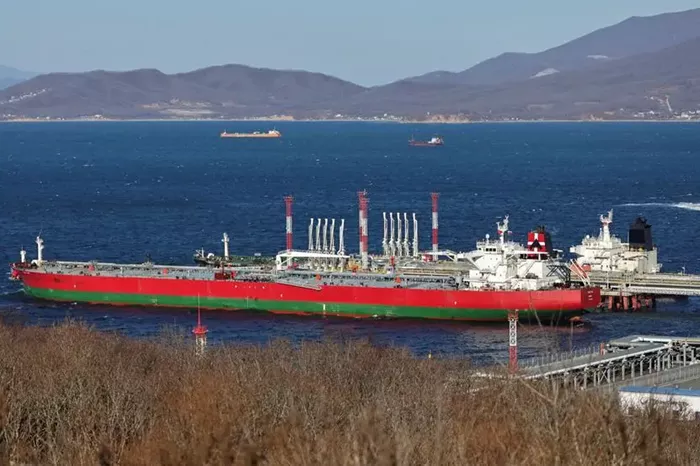Crude oil imports across Asia have seen a notable shift in 2025, with volumes on the rise after a sluggish start to the year. The leading contenders for dominance in the region’s oil supply market are Russia and Saudi Arabia.
China, the world’s largest importer of crude, experienced a 5% drop in its oil shipments during the first two months of the year. The average daily imports stood at 10.38 million barrels, down from 10.74 million barrels a year earlier. However, the decline was not due to a collapse in demand, but rather the latest round of sanctions imposed by the Biden administration, which specifically targeted Russian tankers.
India, another major oil importer in Asia, also saw a reduction in crude imports, particularly from Russia. In February, India’s daily import volumes were down by 14.9% compared to January, with Iraqi shipments rising to fill the gap, alongside an overall increase in imports from the Middle East.
But as has often been the case in global trade, oil traders have found ways to circumvent sanctions. According to Reuters’ Clyde Russell, citing data from Kpler, both China and India have ramped up their purchases of Russian oil in March. Russian crude exports to India were set to increase to 1.92 million barrels per day (bpd), up from 1.43 million bpd in February. Meanwhile, Russian oil flows to China were expected to rise modestly, from 969,000 bpd in February to 973,000 bpd in March.
The rebound in oil imports isn’t limited to Russian crude. Asia’s largest oil consumers have also increased their purchases from Saudi Arabia. In March, China is expected to import approximately 1.64 million bpd from the Kingdom, a significant jump from 1.21 million bpd in February and 1.33 million bpd in January. This would mark the highest daily Saudi oil import volume to China since August 2023.
India, on the other hand, is projected to receive an average of 532,000 bpd from Saudi Arabia this month, but this figure is expected to rise as more shipments are scheduled for delivery by the end of March. Saudi shipments to India averaged 679,000 bpd in February, the lowest level since August 2024. Russell also noted that Saudi oil shipments to India could see a stronger recovery in April, especially as OPEC+ is expected to adjust its production levels.
OPEC+ has proven to be a volatile player in oil markets, often adjusting its production cuts based on market conditions. Russia’s top energy official, Alexander Novak, indicated that the group might delay the return of 138,000 bpd of oil if prices are not favorable during its April meeting. Despite the uncertainties surrounding OPEC+’s production strategies, the flow of both Russian and Saudi crude to major Asian markets has been steadily increasing, raising discussions about market share and the future of global oil demand.
As oil demand in China becomes a hot topic, analysts are split on whether the country’s oil consumption is reaching its peak. With the rise of electric vehicles (EVs) and LNG trucks, some forecasts suggest that China’s oil demand growth may be slowing or even plateauing. However, demand from petrochemical industries continues to rise, leading some experts to predict that China’s overall oil demand may change rather than shrink, with petrochemicals becoming the primary driver of future growth.
India, on the other hand, is still on an upward trajectory in terms of oil consumption. The International Energy Agency (IEA) forecasts that India will surpass China in oil demand growth in the near future, driven by a booming economy, expanding population, and demographic trends. The IEA projects that India’s oil demand will increase by 1.2 million bpd over the next five years.
For oil exporters, China and India remain the key markets driving global demand and, by extension, oil prices. However, contrary to some market speculations, Russia and Saudi Arabia do not appear to be locked in a fierce battle for dominance in these markets. Instead, both countries are focused on meeting the growing demand in Asia, with an “Export and let export” approach.
Russell highlighted Saudi Arabia’s recent price cuts as an indicator of competition, but these moves seem to be a standard reaction to global price trends rather than a full-scale market share war. While a market share battle might benefit oil bears, the reality is that Asia’s demand for crude is bouncing back, and suppliers are simply responding by increasing their exports to the region.

